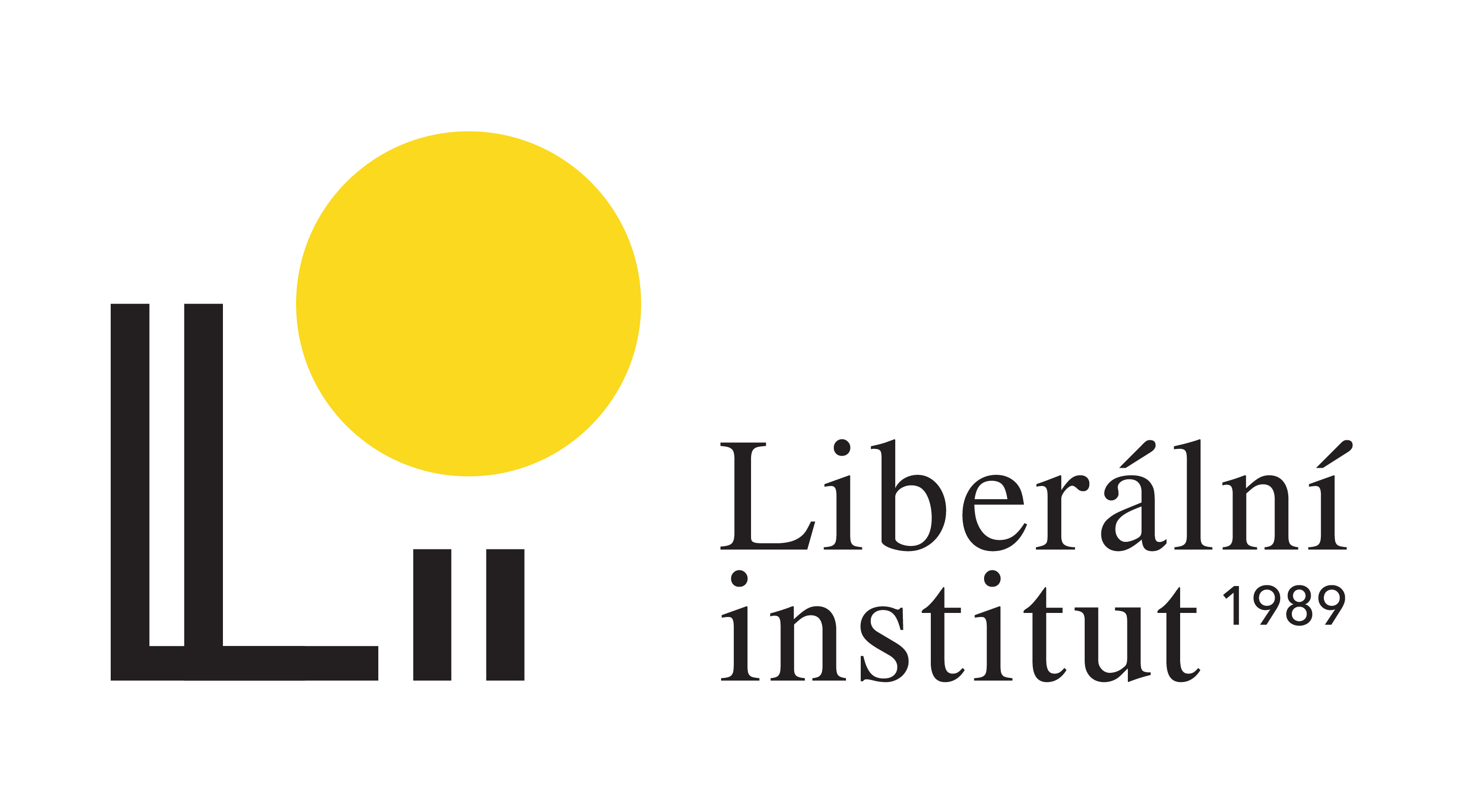The European Commission, through its Directorate for Research and Innovation, has published the latest results of a comparison of innovation performance among EU member states. Compared to the rest of the world, the countries of the EU as a whole are behind South Korea, USA and Japan. However, there are major gaps between individual states. Using 25 different indicators, the European Commission divided the countries and regions of the EU into four groups, ranging from the best performing ones to the ones with the lowest innovation performance.
This comparison indicates that Slovakia is behind most countries in the field of innovation, achieving average to below average results. This is nothing new, it only confirms our traditional weaknesses compared to other countries. Expenditure on innovation, private and public, is significantly lagging behind other countries. And the result is extremely low patent activity, which in turn negatively impacts the effects of innovation on economic development.
Comparing innovation performance between individual countries is also interesting in the context of an ongoing discussion about the powers, the position and the role of EU institutions. This activity is an example of how the European Commission can be useful without producing any new regulations. The European Commission can be active while not producing any new burdens for citizens and entrepreneurs. Its activity is even more meaningful if the results are charts where the individual states can compare themselves with other countries and identify areas where they are mediocre, where they need to improve, and where they excel.
The European Commission is the highest executive and legislative body in the EU. The role of a „chart-maker” may seem to some people dishonouring. This is not true. On the contrary, comparisons that can be extended to other areas, such as taxes and tax policy or business environment, can create an effective pressure on the governments of individual countries to change their policy if they achieve significantly worse results than other countries. As for business environment, there is a similar chart – World Bank’s Doing Business. By strengthening such activities, the European Commission would contribute to the improvement of the member states’ policies without unnecessarily forcing them into harmonisation. Even better, the institutional competition between individual countries would be preserved and the process of „the slower learning from the faster” would be reinforced. Everyone would be better off if the European Commission started innovating its own policy and went by the principle „Less harmonisation, more competition“.
Translated by: Jakub Jablonický
























